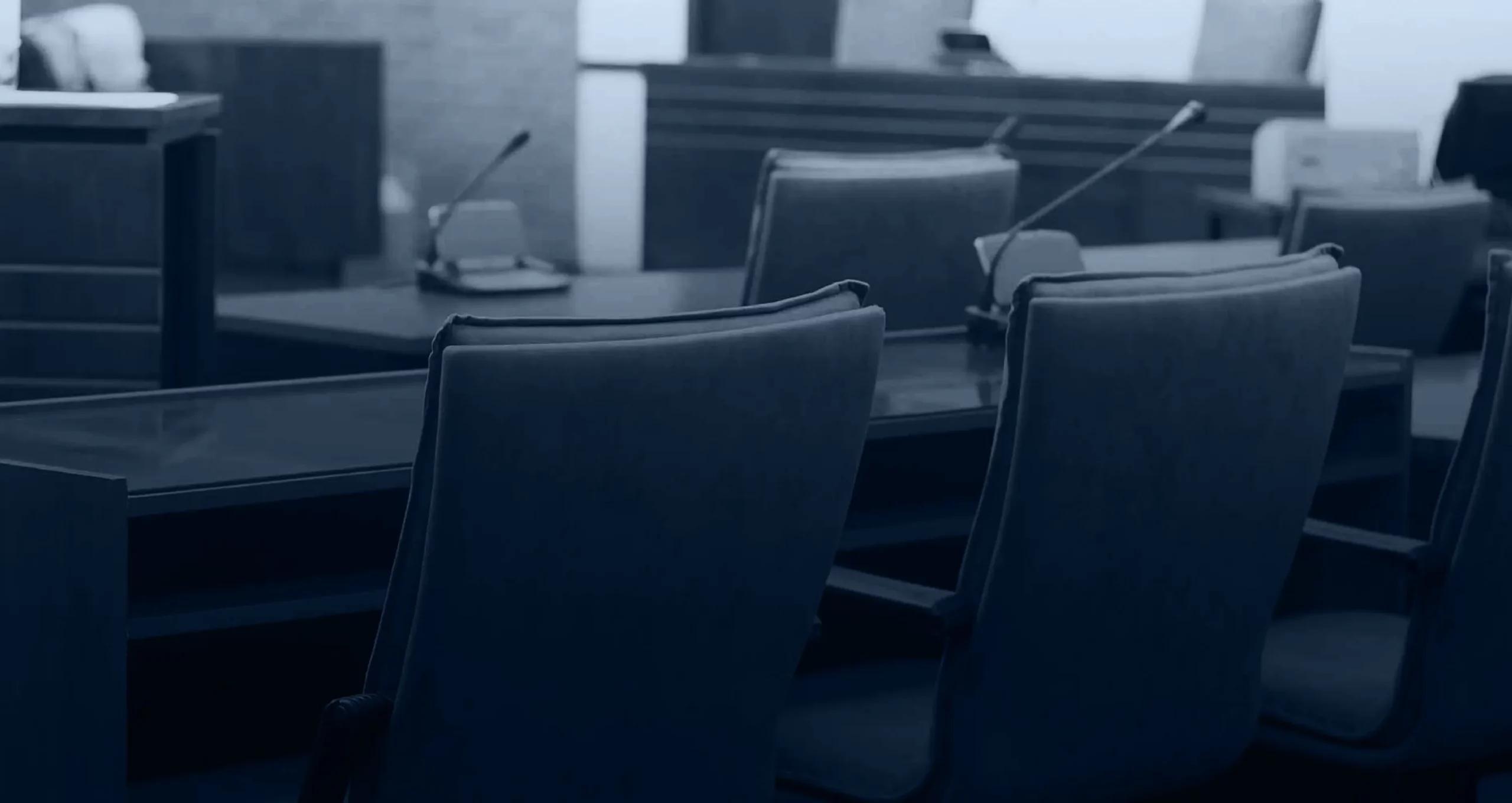A road collision can happen in a split second, damaging your property and leaving you with severe, sometimes life-threatening injuries. Among the most common accident-related injuries are traumatic brain injuries. Accident victims who suffer traumatic brain injuries (TBI) may also report other physical injuries, including back injuries, fractures and broken bones, and internal injuries.
A traumatic brain injury affects normal brain function. When an object penetrates the skull or shatters it, it causes serious brain injuries, resulting in bleeding, torn brain tissue, or physical brain damage. Even mild TBIs may lead to long-term mental disabilities, health complications, and death.
The law requires motorists to adhere to traffic rules. If you were in a road accident and suffered brain injuries because of another driver’s recklessness, Illinois law gives you the freedom to file a brain injury claim against the at-fault party. Partnering with an experienced Rockford traumatic brain injury lawyer is critical for your compensation.
At Zayed Law Offices Personal Injury Attorneys, we understand how confusing and traumatizing it is to survive a road collision. We leverage our experience in personal injury law to help Rockford collision victims claim their rightful compensation for accident-caused brain injuries.
Most auto insurance companies, heavy haulers, and automakers look for loopholes to provide the minimum compensation. We know first-hand how bigwig corporations dupe accident victims into accepting the first settlement fee offered. This fee is typically insufficient to compensate for your injuries and the ensuing pain and suffering.
Our Rockford personal injury law firm has passionate and dedicated attorneys who take pride in helping brain injury claimants get back on their feet. Our lawyers will use their experience to vehemently advocate for you against powerful corporations, trucking companies, insurance carriers, and municipalities to ensure you get the maximum compensation you deserve.
Possible Results of Traumatic Brain Injuries

According to the Illinois Department of Transportation, more than 100,000 crashes occur every year statewide. In Rockford alone, over 6,500 vehicular accidents occur annually. Among these, 1,600 involve some form of physical or brain injury.
These brain injuries can cause mental and health issues, and each claims process takes a different approach to the lawsuit at hand. The court usually considers several factors when hearing brain injury lawsuits. Those factors include the severity of the brain damage, related medical expenses, and the cause of the accident.
Brain trauma may result in:
- Cognitive defects (coma, amnesia, lack of self-awareness, and confusion)
- Motor deficits (paralysis, poor balance, poor coordination, decreased endurance, etc.)
- Communication and language deficits (difficulty speaking, reading, writing, or making out a speech)
- Functional deficits (inability to operate machinery, drive, or undertake daily routines like dressing and eating)
- Regulatory disturbances (headaches, dizziness, fatigue, and changes in eating and sleeping patterns)
How Are Damages Determined in Rockford Traumatic Brain Injury Claims?
Brain injury claimants are compensated depending on the extent of the damages sustained. Damages are the measurable losses that the accident-related brain injury caused the victim. Zayed Law Offices Personal Injury Attorneys lawyers have extensive experience with brain injury claims litigation. They know how to carefully analyze the extent of your TBI and recognize how the injury affects your quality of life.
Types of Damages in Brain Injury Claims
In Illinois, traumatic brain injury claimants seek compensation for two types of damages. They include:
Economic damages
Economic damages typically mean the plaintiff’s financial losses due to brain injury. Determining economic damages is relatively straightforward. The lawyer must retrieve the medical bills, determine total lost income, and assess the costs of damaged property. The TBI may make the claimant incapacitated and unable to work as before, forcing them to settle for a lower-paying job. Lost income, medical costs, and rehabilitation expenses are examples of economic damages.
Non-economic damages
Unlike economic damages, non-economic damages are challenging to evaluate because they involve intangible losses, such as pain and suffering, mental anguish, and loss of enjoyment of life. The claims court considers non-economic damages to acknowledge that the accident victim, who sustained a brain injury, suffered losses beyond the economic damages, requiring compensation.
Calculating Economic and Non-Economic Damages

As aforementioned, calculating economic damages is more straightforward than calculating non-economic damages. It entails adding up all the expenses the victim incurred. For instance, if your total medical (and hospitalization) cost $115,000, therapy cost $20,000, and there is $40,000 in lost income, the total compensatory money adds up to $175,0000.
Nonetheless, some situations may slightly complicate the process. An excellent example is when the claimant has lost years’ worth of income because the brain injury sustained during an accident impaired them physically or mentally. In such a case, a financial advisor must calculate the total losses. To determine the compensatory amount, they may consider several factors: the claimant’s age, work history, salary, and health.
On the other hand, non-economic damages are subjective. One standard calculation method is the multiplication formula. It involves multiplying the medical costs by any number between 1 and 5, based on the extent of the injury.
For instance, if your medical expense were $115,000, your Rockford traumatic brain injury lawyer may argue that the degree of damage is worth a multiplication factor of 3. The court will multiply $115,000 by 3 to bring the compensation fee to $345,000.
Alternatively, the court might employ a “per diem” method. The court will order the defendant to pay the claimant a daily amount to cover the pain and suffering for a period equal to the duration they recover.
Two Years: The Time Limit for Filing Rockford Brain Injury Claims
Illinois personal injury law allows brain-injury victims the right to file a claim in a civil court following an accident. Notably, there are statutes governing the claims process that all brain-injury victims should know.
One crucial law is the statute of limitations. According to the statute of limitations, an accident victim suffering from traumatic brain damage has a two-year window to file their injury claim starting from the date of the accident.
Implications of missing the filing deadline
If the two-year period expires, it becomes challenging to make a strong case against the alleged at-fault driver. The at-fault driver may counter a belated lawsuit by filing a “motion to dismiss” in court. The court will likely dismiss the claim unless there is an exceptional circumstance to warrant the extension of the filing time. If the court determines that you didn’t have a solid reason not to file on time, it will dismiss the case.
Adherence to the statute of limitations is not only critical for an in-court lawsuit. It also applies when you opt for out-of-court negotiations with the at-fault party and their insurance carrier. Your primary leverage will be the two-year time limit. If the defendant learns about a late filing, you won’t have any leverage and will lose your chance to seek compensation regardless of how apparent the negligence is on their part.
Exceptional Circumstances That Extend Illinois Statute of Limitations
Illinois law acknowledges that some factual situations limit individuals from filing their brain injury claim within the standard two-year timeline. The court may extend that timeframe or pause the time limit if a significant matter arises during the claim.
Some exceptions to the statute of limitations include:
- Suppose the injured party had a legal disability (either temporary or long-term mental disability) at the time of the accident. In that case, the court will suspend the two-year limit until the accident victim has fully recovered.
- If the injured individual was a minor (18 years and below) during the accident, the statute of limitations only comes in effect after they attain 18 years.
- If the injured individual comes under legal disability after the accident but before filing the claim, the court may extend the two-year limit.
- If the at-fault driver (the defendant) travels out of state after the accident and before filing the claim, the time during the defendant’s disappearance will likely not count as part of the two years.
Determining the At-fault Party in an Accident-caused Brain Injury Claim

Trying to find out who’s at fault in car wreckage is evident in some lawsuits and complicated in others.
Illinois Traffic Rules list the regulations that govern motorists using public roads. If a driver goes against these traffic laws and causes an accident, they are the most likely at-fault driver. A motorist may also demonstrate recklessness by failing to use reasonable care or judgment while driving. That means: even if they violated no rules, the driver whose negligence caused the accident is the liable party.
Determining Fault by the Type of Accident
There are various types of car accidents, and it can be easy to determine fault by examining the type of accident. Below are several types of collisions and corresponding indications of the at-fault driver.
Turning Vehicle
A significant portion of accident-caused brain injuries occurs at intersections. In Rockford, some notorious spots include the intersection of Alpine and Guilford at Brendenwood, and Forest Hills and Illinois Route 173. If you frequent these intersections, you’ve likely witnessed several turning accidents.
If the non-turning car moves at high speed or switches lanes without signaling, they may be partially or fully liable for the accident. A significant confusion involving turning accidents is when a car turns left. If the vehicle turning left sees the red light and decides to take the turn anyway, the left-turner will be 50 percent at fault if another car speeds through the intersection and causes an accident. This means they cannot recoup any compensation for their damages.
Rear-end accidents
In most rear-end accidents, the rear driver is primarily to blame. However, several situations may facilitate the accident and complicate liability. For instance, if the front driver suddenly stops and the rear driver smashes into their rear bumper, the front driver is partially at fault.
The rear driver is also liable because they failed to leave enough space between the two cars to slow down in time to prevent the accident.
Lane-change accidents
Drivers may only switch lanes after they’ve assessed the road and determined it’s safe to do so. Usually, the driver changing lanes is primarily at fault if an accident occurs. However, determining fault is challenging because the at-fault driver may claim the claimant yielded to them.
Resolving this ambiguity requires the testimony of eyewitnesses. Capturing the license plate of any driver who witnessed the accident can help your Rockford traumatic brain injury lawyer because they (witnesses) can provide helpful accounts that place the other driver at fault.
Partner With a Rockford Brain Injury Lawyer and Get Your Rightful Compensation
Filing a lawsuit while recovering from a traumatic brain injury is overwhelming. You need a professional Rockford traumatic brain injury lawyer to help you file the claim and ensure you get maximum compensation. To file a lawsuit, partner with Zayed Law Offices Personal Injury Attorneys to access experienced personal injury lawyers. Contact us today at (815) 205-1519 or fill out the free, non-obligatory case evaluation form.





